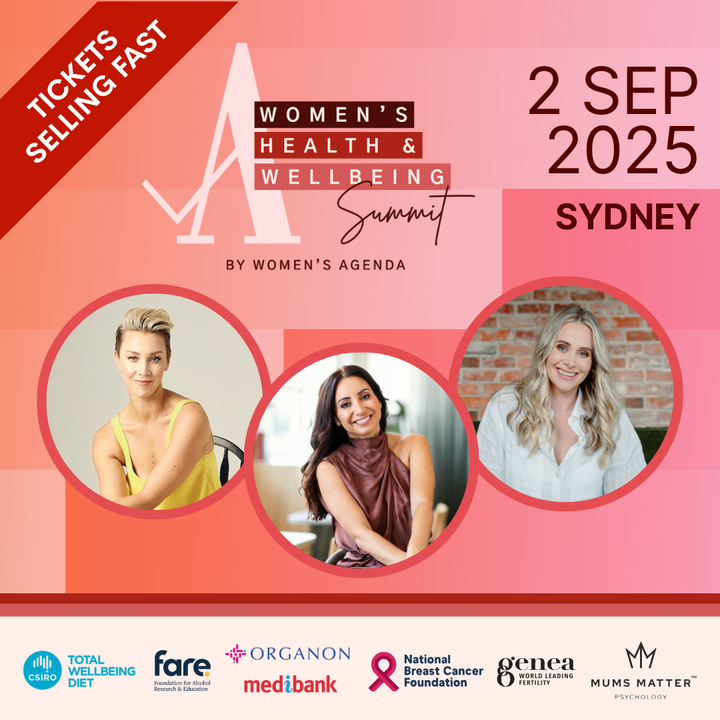Australia’s rise to 13th in the World Economic Forum’s 2025 Global Gender Gap Report is a remarkable achievement our highest ranking to date. It reflects decades of work to improve women’s political representation, economic participation, and access to education.
But this progress sits uneasily alongside a national crisis: gender-based violence is not falling — it is escalating. The number of women killed is rising, and the severity of harm experienced by victim-survivors is worsening.
This contradiction demands urgent attention.
Structural equality alone does not guarantee safety. If we are to close the gap between equality and lived experience of violence, our efforts must go beyond policy into trauma, accountability, and early intervention.
Australia’s National Plan to End Violence Against Women and Children is one of the most visionary social policy frameworks our nation has seen. It reframes violence as preventable, not inevitable, and calls on all sectors—governments, institutions, communities, and individuals to be part of a national solution. That alone is worthy of recognition.
The national conversation has changed. Australians are more aware than ever of the realities of gender-based violence. We have adopted a shared language of prevention. We have invested significantly in education, community campaigns, and social marketing. But despite these efforts, the violence persists. In fact, it is worsening.
In 2024, 101 women were killed. More than any year in the last decade. The rate of intimate partner homicides has increased by over 50 per cent since 2022. Police and support services report record demand. These statistics are not aberrations. They are signals. They tell us something uncomfortable: that raising awareness alone does not disrupt harm.
We are not the only country facing this contradiction. The so-called “Nordic Paradox” shows that even in the world’s most gender-equal nations—Sweden, Finland, Norway—rates of intimate partner violence remain unacceptably high. Despite decades of progressive policy and cultural equality, violence persists. This should prompt caution against assuming that gender equality, however essential, is a reliable proxy for safety.
The deeper truth emerging from global and local research is that violence is not just a function of attitudes. It is deeply interwoven with intergenerational trauma, systemic inequity, and institutional silence. As Professor Michael Salter’s work has shown, violence often runs through families passed down, not through genetics, but through disconnection, dissociation, and unacknowledged harm. Children exposed to violence learn not just fear, but strategies to survive in silence. If we fail to address trauma in our models, we risk speaking past the very people most at risk.
This is not a failure of the National Plan. It is a moment of maturity. We have done the work to establish a shared foundation. What we must now do is strengthen the scaffolding by embedding trauma-informed practice across the service system, resourcing community-led interventions that respond to context and risk and ensuring our prevention efforts reach not just the general population, but those for whom harm is already accumulating.
Encouragingly, this work is already underway. Programs supported through La Trobe University’s PIPS initiative are testing community-anchored models of sexual violence prevention models that combine cultural messaging with early intervention, systems navigation, and accountability mechanisms. These efforts should not sit at the margins of the plan. They should be central to its next chapter.
Programs such as Walk the Talk, organisations like Body Safety Australia and the Man Cave demonstrate what it looks like when prevention is embedded not just in messaging, but in relationships, systems, and communities. These initiatives operate at the intersection of education, early intervention, and structural reform. They work directly with schools, families, service providers, and young people—building the skills, trust, and cultural safety required to intervene early and respond effectively. Crucially, they do not treat violence as a problem of individual behaviour alone, but as one that is shaped by environment, power and history. Their success lies in a whole-of-community approach that brings together children, educators, families, and local networks in a coordinated effort to prevent harm before it occurs.
These models offer not just hope, but evidence of what works—and they provide a clear direction for scaling prevention with both precision and care.
This is not a call to discard what has been built, but to refine it. Our strategy for change that begins with attitudes must now grow to include unified approaches to behaviour, trauma, systems and accountability. A message that speaks to the public must now also speak into the homes, institutions and services where violence takes root.
The National Plan has given us a framework for change. Let us now give it the weight of action by ensuring that our strategy evolves alongside our evidence. Because if we are to end violence in this country, in a generation we must do more than name it. We must disrupt it.
Become a Women’s Agenda Foundation member and support our work! We are 100% independent and women-owned. Every day, we cover the news from a women’s perspective, advocating for women’s safety, economic security, health and opportunities. Foundation memberships are currently just $5 a month.
Bonus: you’ll receive our weekly editor’s wrap of the key stories to know every Saturday.


